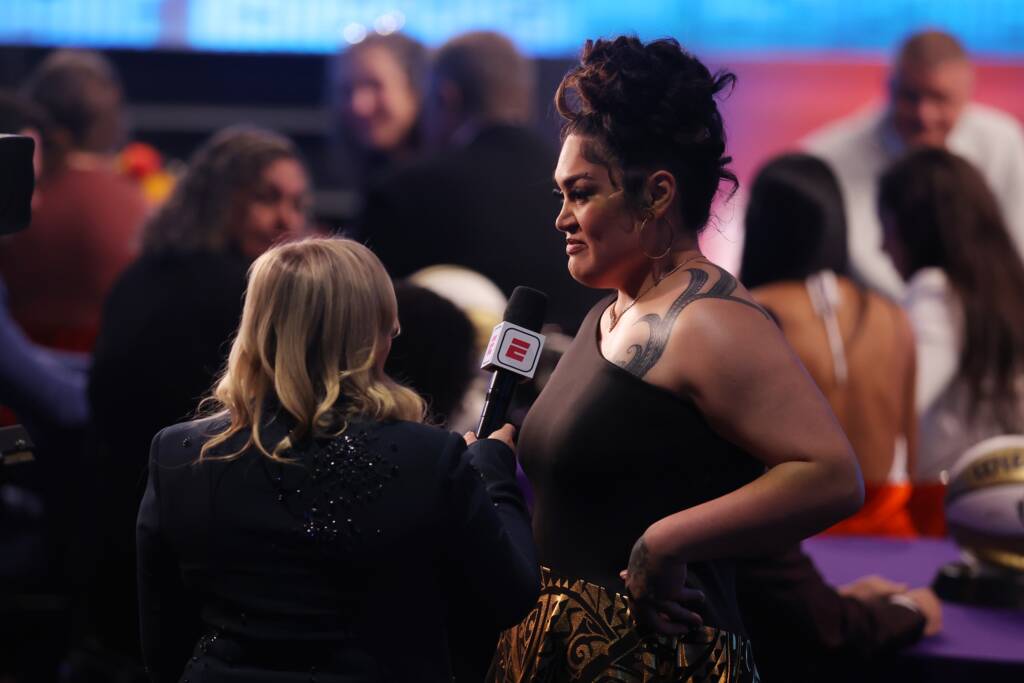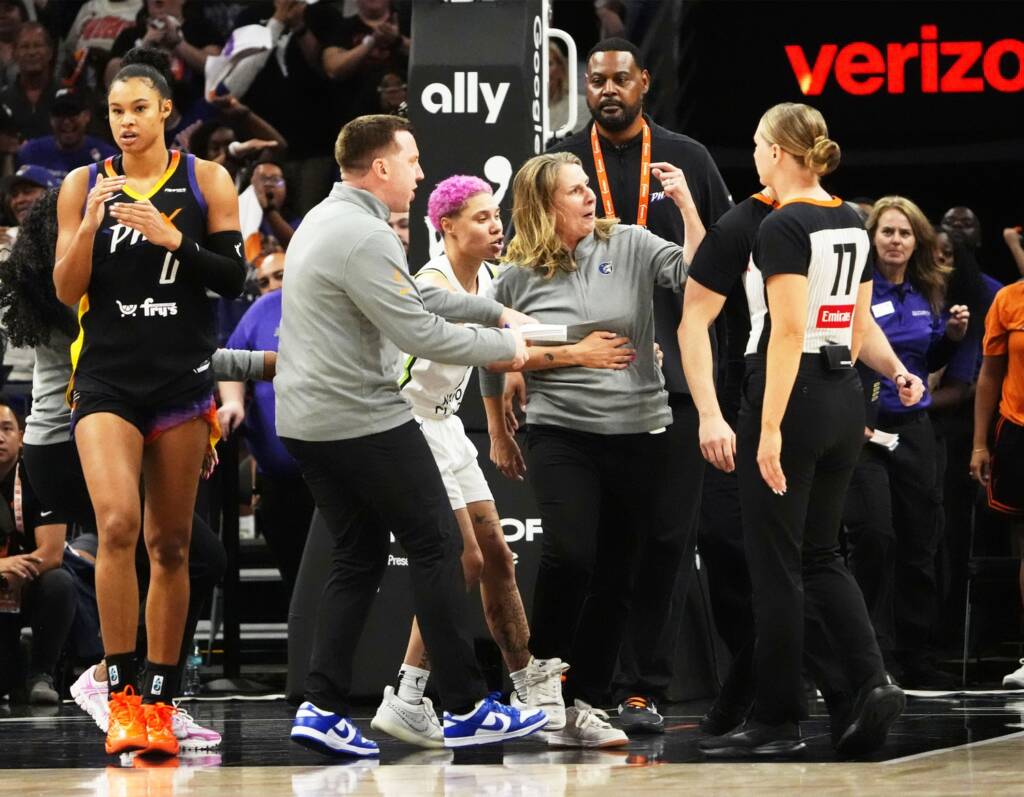After the Minnesota Lynx took Alissa Pili eighth overall in this year’s draft, she told ESPN’s Holly Rowe, “A lot of Indigenous and Polynesian girls don’t get to see that role model. I’m just so blessed that I can be in a position to be that for them.”
Pili has taken her role as a role model to the indigenous community seriously. At Utah, she spoke about her heritage multiple times. Aside from being a role model, Pili established herself as a dominant offensive force in college.
The Lynx selected Pili after a stellar five-year college career at USC and Utah. During her senior season, Pili displayed the talent required to make the jump to the WNBA. Her skill set seemingly meshes well with a Lynx team looking to return to the playoffs for a second consecutive season.
Offensively, Pili looks like an elite three-point shooter and a bully inside the paint. Defensively, she has shown upside to make a valuable impact as she grows into her game. Below is a highlight package from her 37-point performance against the NCAA champion South Carolina to set the tone.
In 2023-24, Pili shot 40.4% on 4.15 attempts per game, an important sign of growth. Through her first three seasons, Pili never shot over 30.0% from three. But in 2022-23, she vaulted from 22.4% to 42.6% on only 2.2 attempts per game. Last year, she doubled her attempts and still shot the ball efficiently.
While her shooting form is unique, to put it lightly, it works for Pili and allows her to release off the dribble quickly in catch-and-shoot situations.
Encouragingly for the Lynx, most of her attempts come with her primary creator, shooting off the dribble. Pili can also shoot off the ball in rhythm and shows a knack for driving into open spaces on the floor to create openings. That resulted in a superb 64.5% true shooting percentage and a 60.4% effective field goal percentage.
The ability to play within a roll and catch and shoot should immediately translate to the WNBA, especially for a Lynx team that desperately needs more shooting. The Lynx were 11th last season in three-point percentage shooting at 32.5%. In the compilation from Utah’s first-round victory against SDSU, Pili and her ability to hit shots stand out as the winning force for Utah.
Pili is a WNBA-caliber playmaker, averaging 3.4 assists as a forward. Unfortunately, her turnovers are pretty high for a forward, at 2.8 per game. That’s typically common in the NCAA, where players don’t have the same experience and coaching to make all the correct reads.
The higher turnovers could also come from the immense responsibility Pili had on her shoulders within the offense. Most of this offensive responsibility revolved around her ability to battle in the post. Pili has impeccable footwork and a knack for scoring around the rim, using her frame to seal off defenders. As a result, she shoots 60.9% field goal percentage from two-point range. Below is just one example of the footwork and ability to finish as Pili hesitates and then drives for an off-balance layup.
Her 32.4% usage percentage during her senior season at Utah highlights the offensive weight coaches placed on her. For context, if Pili was in the NBA, that would rank right behind Luka Doncic’s 35.5%, and Pili would have the third-highest usage in the NBA.
It is impressive that Pili could maintain a high shooting percentage with that high of usage, and it justifies the 2.8 turnovers per game, considering how much of the offense Pili was involved in. Fortunately for Pili, she probably will not be tasked with such a heavy offensive load because she will likely be a tertiary option with the Lynx.
Pili has also shown the commitment and raw ability to be a valuable defensive asset someday. However, she struggled in switches where she was forced to guard smaller, faster guards at Utah. At 6’2”, Pili also struggled due to her size in defending larger defenders. Pili was often forced into the center role for Utah. However, opposing bigs attacked her due to her lack of ability.
Pili averaged just 0.8 blocks per game, a 2.6% block rate, which ranked 4th on Utah. She also struggled to rebound at times, not because of effort but because she was undersized for a center.
She averaged a team-high 5.6 rebounds per game, but digging deeper shows the flaws. Pili only had a 12.2% defensive rebounding percentage (percentage of total rebounds a player is responsible for), which ranked fifth on her team. That suggests the 5.6 rebounds came more from playing time than rebound ability.
The positive side of Pili’s defensive struggles is that on film, it rarely seems like these struggles are due to a lack of effort. Pili struggles at certain defensive skills, but the effort level appears high. The struggles appear more related to her positional fit with Utah and some technical aspects of staying in front of defenders.
As the saying goes, defense is 90% effort and 10% skill. Pili brings the effort. Therefore, as her skill increases, her defense should also improve. Below is a clip of the Effort Pili shows after getting blown by a smaller defender. She stays with the play to make a block from behind.
“It is pressure. But it’s not a bad thing,” Pili said in a March interview with The Athletic. “When you have a lot of people looking up to you and people who want to mold their lives after you, I think that just makes you better.”
That could be Pili’s biggest asset to the Lynx: a drive to succeed. Pili has already proven she’s talented offensively, and the Lynx appear to have drafted another valuable role model who will be on the team for years.

